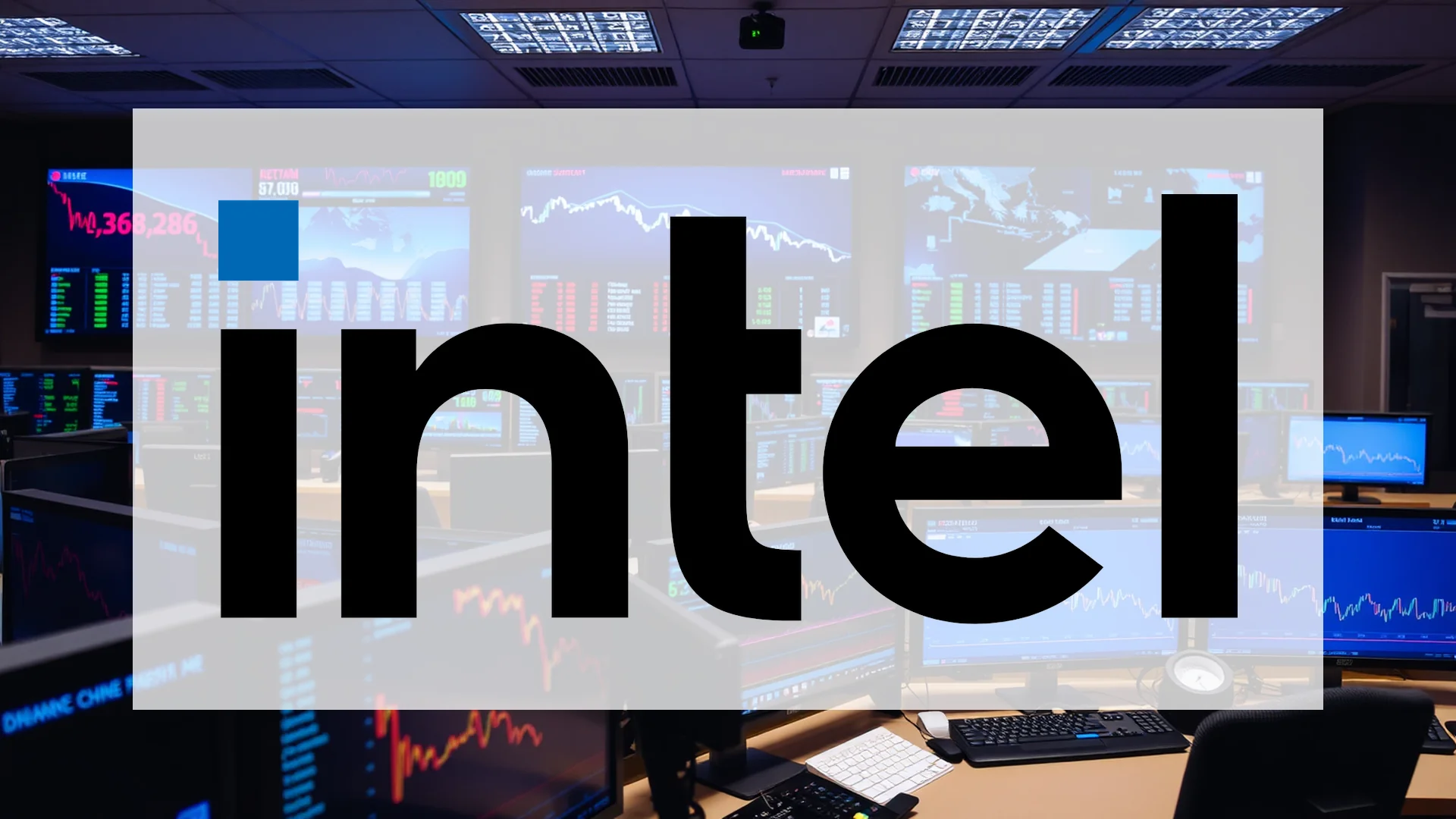In a landmark shift for corporate ownership structures, the U.S. government has become a significant shareholder in Intel Corporation. The nearly 10% stake fundamentally alters the power dynamics within the American chipmaking giant, positioning Washington as an influential player at the highest level of one of the nation’s most critical technology firms. This intervention raises pivotal questions about the semiconductor leader’s strategic direction.
Markets React with Cautious Optimism
Investor sentiment following the announcement has been divided. Some market participants view the government’s substantial equity position as a stabilizing force that could provide long-term security. However, numerous analysts are advising against excessive optimism, pointing out that this move does not directly address Intel’s core technological and competitive challenges. The broader semiconductor sector continues to face significant headwinds from the ongoing trade dispute with China, where tariffs and stringent export controls are substantially dampening global demand for U.S.-manufactured chips.
Should investors sell immediately? Or is it worth buying Intel?
$8.9 Billion Reshaping Without New Capital
The historic transaction carries an estimated value of $8.9 billion. Notably, this does not involve an infusion of new capital into the company. Instead, the arrangement converts previously committed government funds into direct equity. A sum of $5.7 billion originates from the CHIPS and Science Act, with an additional $3.2 billion being drawn from the Department of Defense’s classified “Secure Enclave” program. This innovative financial structure underscores a new era of U.S. industrial policy, explicitly designed to bolster domestic chip manufacturing capabilities and mitigate geopolitical supply chain risks.
Strategic Implications of a “Passive” Stake
Intel has filed the necessary documentation with securities regulators to register potential future stock sales by the Department of Commerce. Officially, the government intends to act as a passive investor. Despite this designation, the reality is expected to be more complex. The company’s future strategic decisions, particularly those concerning technology development and international operations, will inevitably be subject to heightened scrutiny from Washington. This new dynamic introduces a unique set of potential advantages and complications for Intel’s corporate governance and operational independence.
Ad
Intel Stock: Buy or Sell?! New Intel Analysis from December 11 delivers the answer:
The latest Intel figures speak for themselves: Urgent action needed for Intel investors. Is it worth buying or should you sell? Find out what to do now in the current free analysis from December 11.
Intel: Buy or sell? Read more here...










